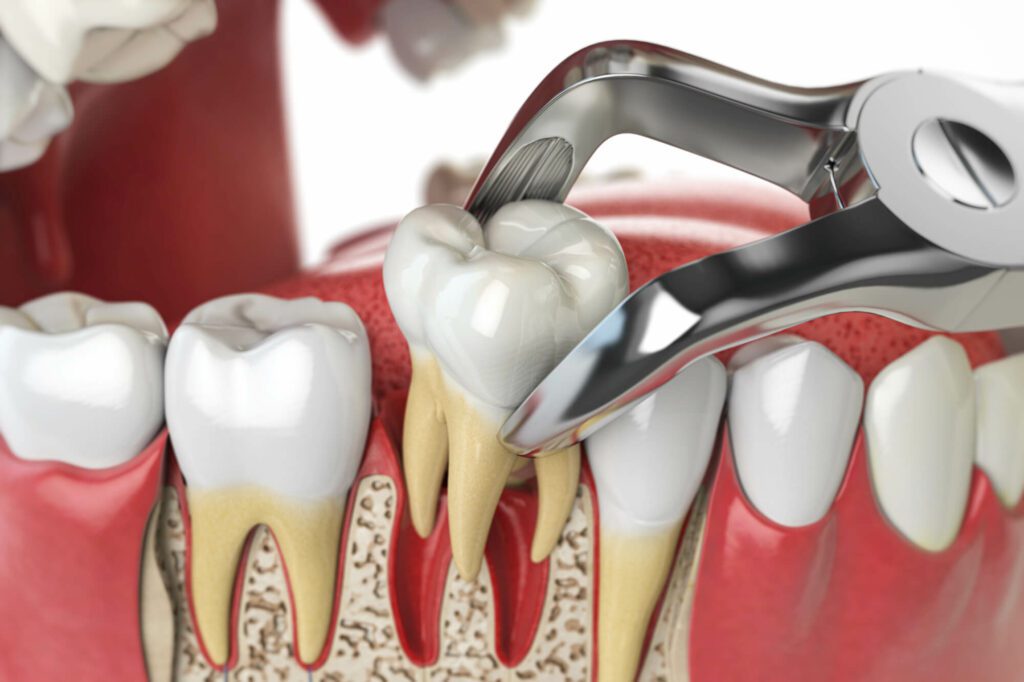Dental Extractions in Schaumburg, IL, to Protect Your Oral Health
At Schaumburg Tooth Doctor, our goal is to preserve natural teeth whenever possible. But there are situations that might require dental extractions, and we can complete these services in our dental office.
We use modern equipment and treatment methods to ensure your comfort as much as possible. Feel free to reach out any time if you have questions about tooth removal or other treatments we offer.

Is a Tooth Removal Necessary?
Many modern dental treatments can save a decayed or damaged tooth. But your dentist might recommend extraction if the tooth is damaged beyond repair. Here are a few of the most common reasons why tooth extractions might be necessary:
-
Tooth Misalignment: If the teeth are misaligned, overcrowded, and blocking other teeth from growing in, then tooth removal can open up the space. Sometimes, an orthodontist might request dental extraction as part of the overall treatment plan.
-
Tooth Decay: When tooth decay is left untreated, it can move deeper into the tooth and cause a threat to your health. Catching tooth decay in the earliest stages is the best solution because a smaller filling can be used to treat the problem. For severe tooth decay, a root canal might be an option. Otherwise, it might be necessary to remove the tooth.
-
Tooth Damage: Sometimes, dental extractions are necessary after an accident or some type of trauma that damages the structure of the tooth. If the tooth can’t be saved with a crown or other type of restoration, then the dentist might recommend extraction and dental implants, a bridge, or partial dentures to repair your smile.
Talk to our Dentist About Extraction and Restoration
For more information about dental extractions and your options for restoring your smile, reach out to our team at Schaumburg Tooth Doctor. We are here to offer a personalized treatment plan.
Frequently Asked Questions
1. How does a simple tooth extraction work?
Most tooth extractions are pretty straightforward. It starts with a shot to numb the tooth. Then the dentist uses a special pair of pliers to pull the tooth out of the mouth. Finally, the gums are sanitized and stitched back together.
2. How long is recovery after a tooth extraction?
The typical healing time takes 7 to 14 days. Follow the dentist’s recommendations to protect the socket and speed up healing time. The overall recovery takes longer since time is needed for the bone to grow back in.
3. Will I be in pain after the extraction?
Your mouth will still be numb when you leave the dental office. When the numbing agent wears off, it’s normal to feel a bit of discomfort. You can take over-the-counter pain medication as recommended by the dentist.
4. How do I avoid dry sockets?
Dry sockets occur if the blood clot becomes dislodged, which exposes the tender gum and nerves below. Avoid this issue by not drinking through straws, chewing on the other side of your mouth, and only eating soft foods for the first few days.